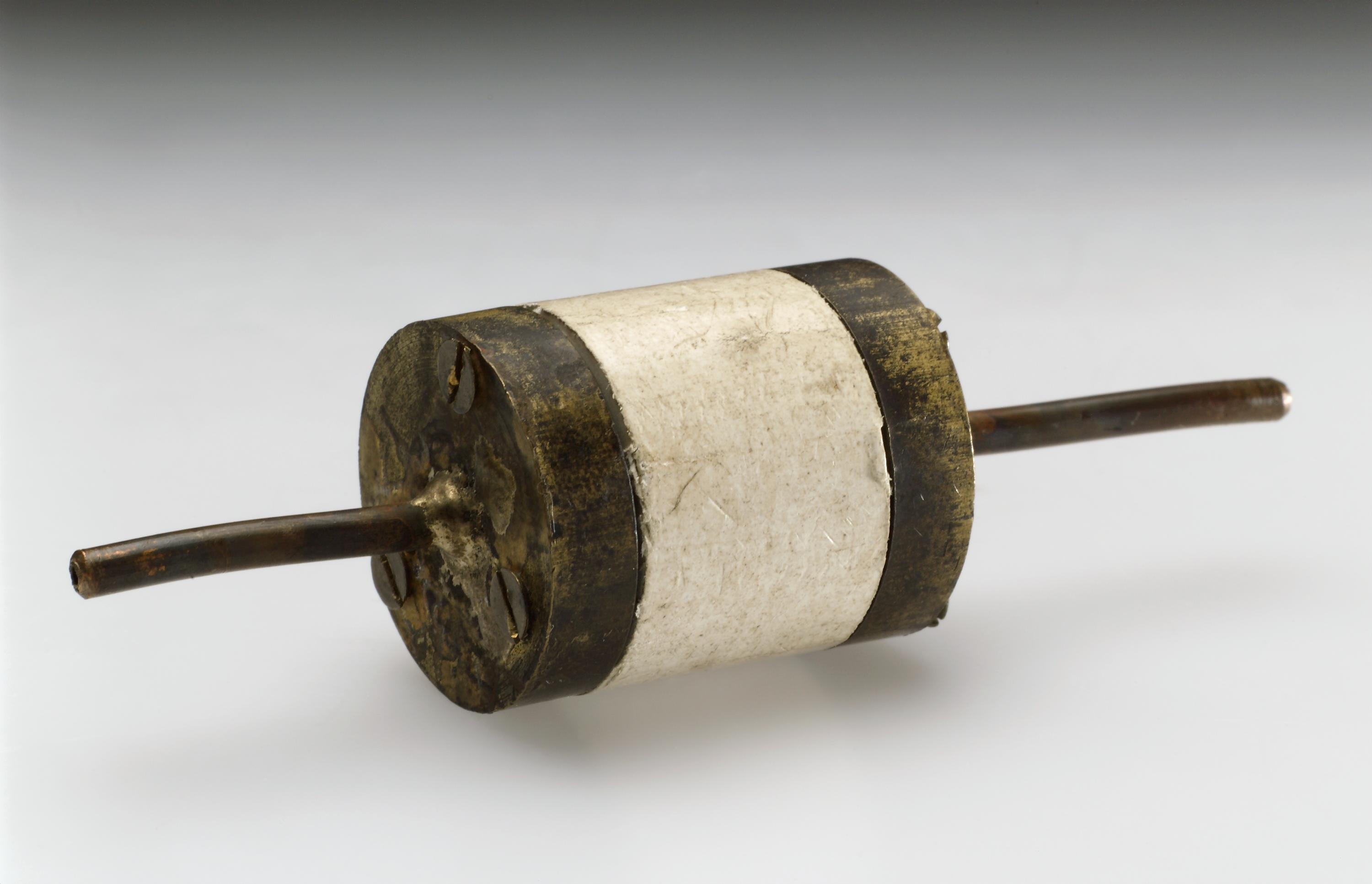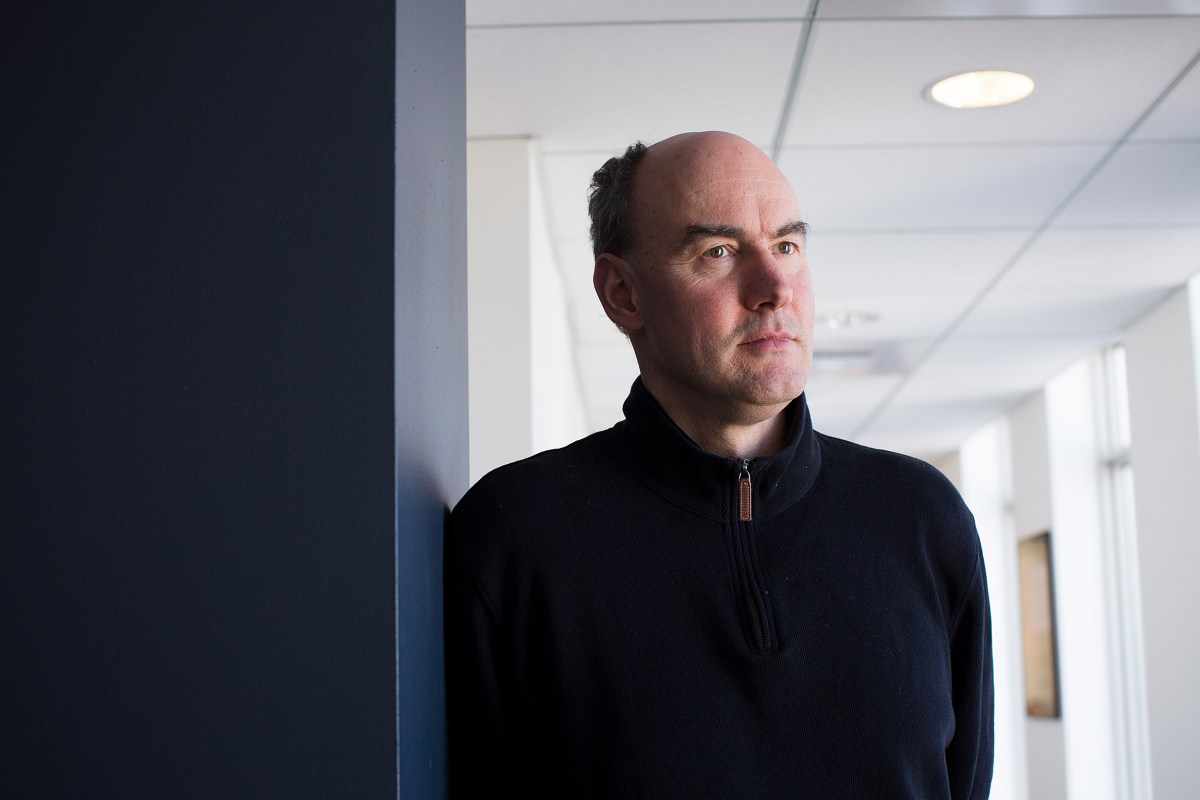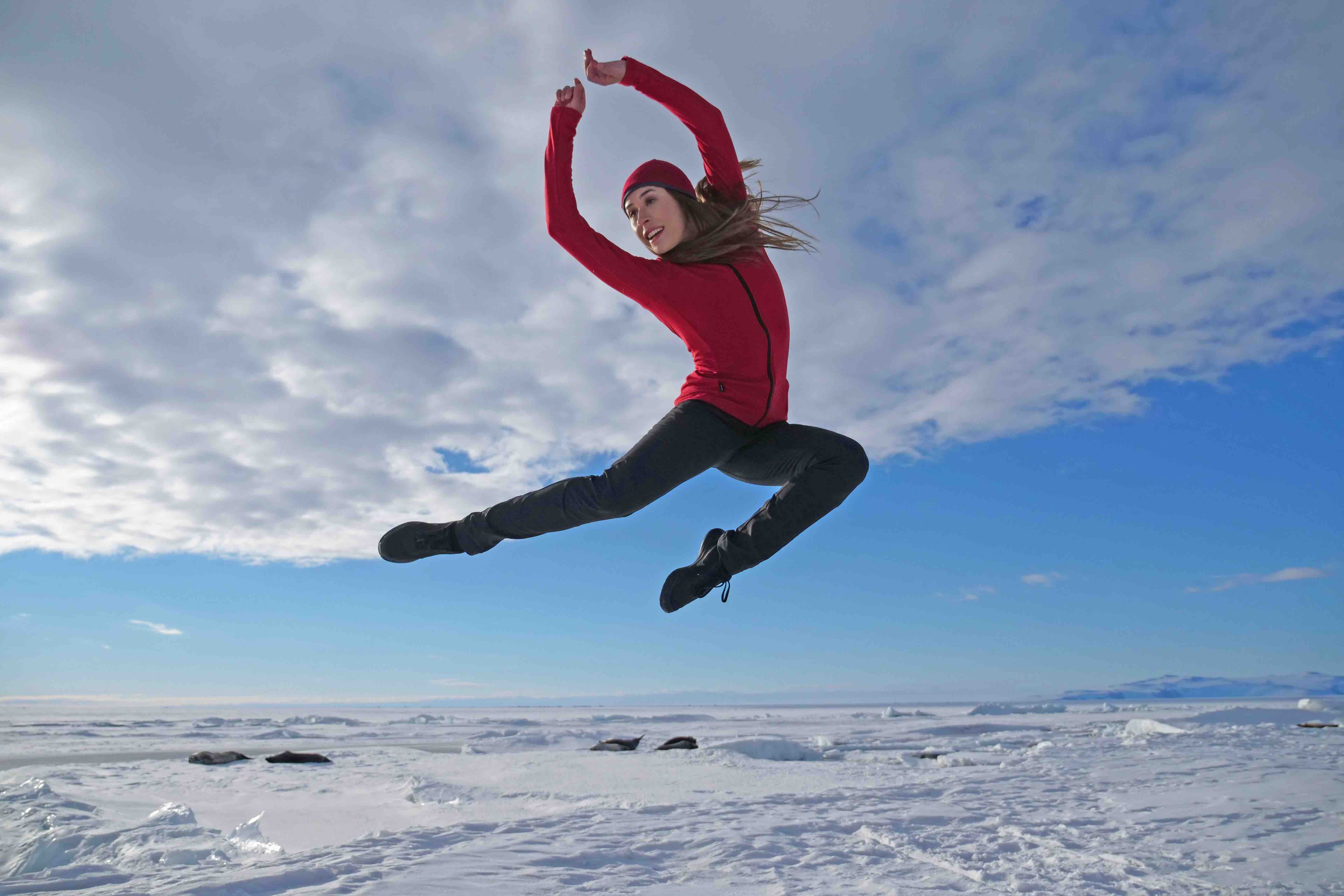[Antarctica Live Festival at the Science Museum takes place 14-30 August and will feature dance performances, dance workshops, hands on experiences and the chance to speak to Antarctic researchers. Find out more.]
New insights into how to curb climate change, overuse of precious resources, pollution of pristine environments and destruction of ecosystems could come from a better way to use mathematics to model a dilemma known as ‘the tragedy of the commons’.

The tragedy – one of the best known social dilemmas studied in game theory – was first glimpsed by William Forster Lloyd (1794 –1852), an Oxford University political philosopher, who discussed the overuse of common land by people who had rights to use it, say to graze their sheep.
The tragedy captures the idea that resources that do not clearly belong to an individual or a group are likely to be overexploited, since conserving them is in no individual’s interest, and was made famous by the American ecologist Garrett Hardin in a paper published in 1968.
The phrase has become the best-loved metaphor among experts to illustrate our chronic inability to sustain a resource – from the oceans to rainforests and even the air that we breathe – that everybody is free to use and, alas, is just as free to abuse.
We see examples of this dilemma in our daily lives, from climate change and forest depletion to litter in the local park and the stack of dirty dishes in the shared office kitchen.
In the latest issue of the journal Nature, a more faithful way to model – and understand – the dilemma with mathematics is unveiled by Martin Nowak of Harvard University, working with Christian Hilbe and Krishnendu Chatterjee of the Institute of Science and Technology Austria, and Stepan Simsa of Charles University in Prague.
Previous attempts to come up with a mathematical model of the tragedy made the unrealistic assumption that the commons remained unchanged as people exploited them – in effect, they played the same game in every round of the model.
These approaches could not study the effects of a degrading environment, such as an increasingly overfished sea, or a river as it was being polluted by a local factory, for example.
But using a branch of mathematics and computer science that dates back to the 1950s, known as ‘stochastic game theory’, it is now possible to study how people cooperate more as the environment improves or deteriorates, depending on their actions.
‘It is based on the simple idea that the game changes depending on how we interact,’ said Martin Nowak. The games in question are encounters between people where they can either work together and cooperate or pursue their own selfish motives instead. ‘As an example, you and I write an article together and, if we do well, we may do a book and, if this continues, we might set up a research institute.’
When they explored the new mathematical model, the scientists found that this dependence on players’ actions could greatly increase the chance that players cooperate, provided the right conditions were in place. ‘Our framework shows which kinds of feedback are most likely to lead to cooperation,’ said first author Christian Hilbe.

Using a branch of mathematics and computer science that dates back to the 1950s, known as ‘stochastic game theory’, it is now possible to study how people cooperate or defect as the environment improves or deteriorates depending on their actions and policies.
‘It is based on the simple idea that our actions today change the game we can play tomorrow,’ said Nowak. `Environmental feedback can spur cooperation.’
When they explored the new mathematical model, the scientists found that this dependence on players’ actions could greatly increase the chance that players cooperate, provided the right conditions were in place.
`We have shown how environmental feedback can spur cooperation,’ said Nowak, who has spent decades exploring the laws of cooperation.
These feedback factors include how quickly the resource degrades, whether fisheries in the Atlantic Ocean or the ozone shield that protects the Earth. This might explain why relatively rapid action to ban chemicals such as chlorofluorocarbons were prompted when a dramatic drop in atmospheric ozone that protects life from the sun’s harmful UV rays was detected in Antarctica in 1985 by Joe Farman, Brian Gardiner and Jonathan Shanklin.
A global agreement to protect the stratospheric ozone layer the Montreal Protocol, was finalized in 1987 and it went into force a couple of years later.
Though glaciers have retreated, vegetation ranges have shifted, and trees are flowering sooner, more dramatic changes such as hurricanes becoming more severe, more droughts and heatwaves, increased heavy rainfall and sea level rises take longer to develop than the ozone hole and have had more complex effects; and this perhaps explains why it has been more difficult to come up with effective international cooperation to curb climate change driven by greenhouse gases, he said.
The mathematics suggests the global environment has to deteriorate before our eyes before governments will be spurred on to make things better. ‘When human activity leads to drastic environmental deterioration, through global warming, cooperation becomes the winning strategy,’ said Nowak.
Equally, the mathematical model enables policymakers to explore next steps on a more rational basis.
One option is not to rely on long term environmental decline to spur policymakers into action. Instead we need to devise incentives that work over much shorter timescales, say a year or so.
‘You could give people, cities or countries financial incentives to work together on a problem,’ said Nowak, ‘and, if they succeed, they get these incentives and can move to bigger and more complex problems, along with even larger rewards.’
The financial incentives could for example depend on what is done by each of the players, whether people or countries. ‘Cooperation leads to more valuable games, defection to less valuable ones, and can be designed to occur quickly enough to make a difference,’ said Nowak.
Nowak, who has spent decades studying the rules of cooperation, added: ‘This new approach is a game changer.’

The Science Museum’s Atmosphere gallery helps visitors to make sense of the climate and from 14-30 August the museum will host Antarctica Live, a ground-breaking dance-film project, inspired by Antarctica and climate change.
Roger Highfield co-authored SuperCooperators: the Mathematics of Evolution, Altruism and Human Behaviour (Or Why We Need Each Other to Succeed) with Martin Nowak in 2011.
Visit Antarctica Live at the Science Museum from 14-30 August (Tuesdays, Wednesdays and Thursdays) to see live dance performances, take part in dance workshops, get hands on experience with real survival equipment and speak to Antarctic researchers. Find out more.